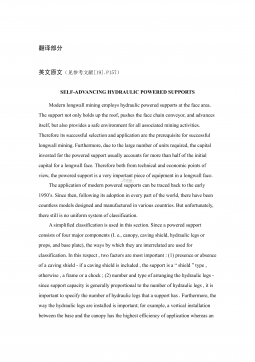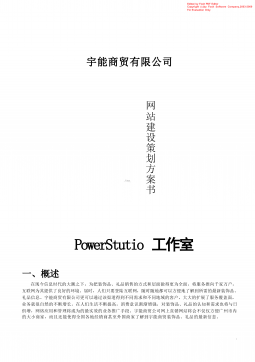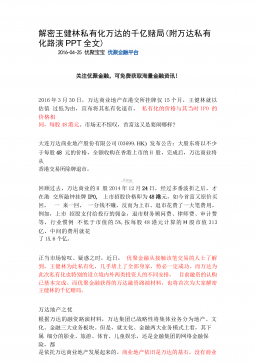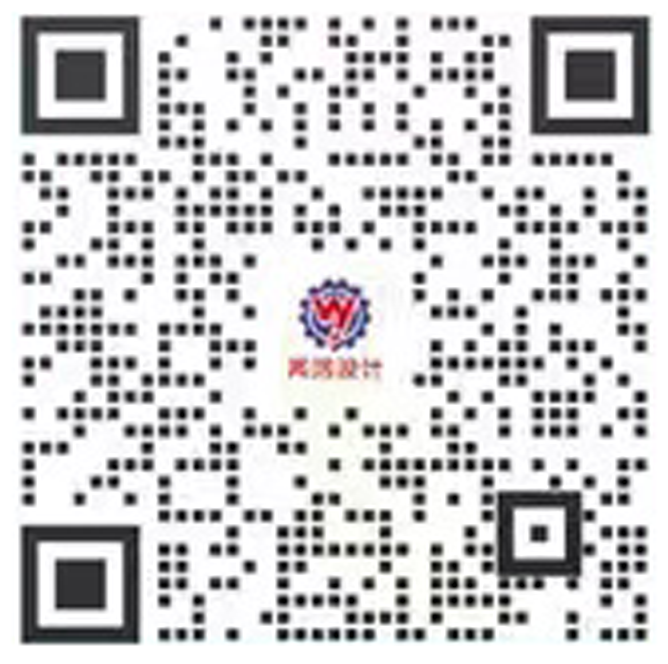行星齿轮装置动态载荷的齿廓磨损外文文献翻译、中英文翻译
第 1 页 共 18 页
英文:
Dynamic tooth loads of planetary gear sets having tooth
profile wear
C. Yuksel a, A. Kahraman b,*
a The University of Toledo, Toledo, OH 43606, USA
b Department of Mechanical Engineering, The Ohio State University, Room 255, 650
Ackerman
Road,
Columbus, OH 43202, USA
Received 25 June 2003; received in revised form 12 January 2004; accepted 10 February
2004
Abstract
A computational model of a planetary gear set is employed to study the influence of
surface wear on thedynamic behavior of a typical planetary gear set. The overall
computational scheme combines a wear modelthat defines geometric description of contacting
gear tooth surfaces having wear and a deformable-bodydynamic model of a planetary gear set.
The wear model employ s a quasi-static gear contact model tocompute contact pressures and
Archa rd’s wear model to determine the wear depth distributions. The wornsurfaces are input
into the dynamic model to quantify the impact of wear on gear tooth and mesh dynamicforces.
The results on a planetary gear set having a fixed planet carrier indicates that the dynamic
behavioris nonlinear due to tooth separations in its resonance regions. The results for worn
gear surfaces indicatethat surface wear has a signi cant in uence in off-resonance speed
ranges while its influence diminishes nearresonance peaks primarily due to tooth
separations.Ó 2004 Elsevier Ltd. All rights reserved.
Keywords: Planetary gear sets; Gear dynamics; Gear wear
1. Introduction
Planetary gear sets, also known as Epicyclic gear drives, are commonly used in a large
第 2 页 共 18 页
number ofautomotive, aerospace and industrial applications. They posses numerous
advantages over parallel-axis gear trains including compactness of design, availability of
multiple speed reduction ratios, and less demanding bearing requirements. Most common
examples of planetary gear sets can be foundin automatic transmissions, gas turbines, jet
engines, and helicopter drive trains. A typical simple planetary gear set consists of a sun gear,
a ring gear and a number of identical planet gears meshing both with the sun and ring gears.
A common carrier holds the planets in place.Dynamic analysis of planetary gears is essential
for eliminating noise and vibration problems of the products they are used in. The dynamic
forces at the sun-planet and ring-planet meshes are the main sources of such problems.
Although planetary gear sets have generally more favorable noise and vibration characteristics
compared to parallel-axis gear systems, planetary gear set noise still remains to be a major
problem. The dynamic gear mesh loads that are much larger than the static loads are
transmitted to the supporting structures, in most cases, increasing gear noise. Larger dynamic
loads also shorten the fatigue life of the components of the planetary gear set including gears
and bearings.
Surface wear is considered one of the major failure modes in gear systems. In case of
planetary gear sets, experimental data has shown that especially the sun gear meshes might
experience significant surface wear when run under typical operating conditions. While wear
is a function of a large number of parameters, sliding distance and contact pressure were
shown to be most significant parameters influencing gear wear. Wear of tooth profiles results
in a unique surface geometry that alters the gear mesh excitations in the form of kinematic
motion errors, enhancing the dynamic effects.
Modeling of planetary gear set dynamics received significant attention for the last 30 years.
A number of studies proposed lumped-parameter models to predict free and forced vibration
characteristics of planetary gear sets. These models assumed rigid gear wheels, connected to
each other by springs representing the flexibility of the meshing teeth. In these studies,
nonlinear effects due to gear backlash and time-varying parameters due to gear mesh stiffness
fluctuations were neglected. The corresponding Eigen value solution of the linear equations of
motion resulted in natural modes. Modal summation technique was typically used to find the
第 3 页 共 18 页
forced response due to external gear mesh displacement excitations defined to represent
motion transmission errors. These lumped-parameter models vary in degrees of freedom
included, from purely torsional models to two or three-dimensional transverse-torsional
models. While these models served well in describing the dynamic behavior of planetary gear
sets qualitatively, they lacked certain critical features. First, the gear mesh models were quite
simplistic with a critical assumption that complex gear mesh contact interaction can be
represented by a simple model formed by a linear spring and a damper. These models demand
that the values of the gear mesh stiffness and damping, as well as the kinematic motion
transmission error excitation, mustbe known in advance. It is also assumed that these
parameter values determined quasi-statically remain unchanged under dynamic conditions. In
addition, gear rim deflections and Hertzian contact deformations are also neglected. Another
group of recent models used more sophisticated finite element-based gear contact mechanics
models. These computational models address all of the shortcomings of the lumped-parameter
models since the gear mesh conditions are modeled as individual nonlinear contact problems.
The need for externally defined gear mesh parameters is eliminated with these models. In
addition, rim deflection and spline support conditionsare modeled accurately . These models
are also capable of including the influence of the tooth profile variations in the form of
intentional profile modifications, manufacturing errors or wear on the dynamic behavior of
the system.
The study of wear of gear contact is becoming one of the emerging areas in gear technology.
A number of recent gear wear modeling effortsform a solid foundation for more accurate,
larger system analyses. All of these models use Archard’s wear model in conjunction with a
gear contact model and relative sliding calculations. These studies focused on prediction of
wear of either spur or helical gear pairs in aparallel-axis configuration. The tooth contact
pressures were computed in these models using either simplified Hertzian contact or boundary
element formulations under quasi-static conditions. Sliding distance calculations were carried
out kinematically by using the involute geometry and Archard’s wear model was used with an
empirical wear coefficient to compute the surface wear depth distribution. A number of
studies investigated the influence of wear on gear dynamics response . Among them, Kuang
摘要:
展开>>
收起<<
第1页共18页英文:DynamictoothloadsofplanetarygearsetshavingtoothprofilewearC.Yuksela,A.Kahramanb,*aTheUniversityofToledo,Toledo,OH43606,USAbDepartmentofMechanicalEngineering,TheOhioStateUniversity,Room255,650AckermanRoad,Columbus,OH43202,USAReceived25June2003;receivedinrevisedform12January2004;accepted10Fe...
相关推荐
-
2023年机关党建、局机关(党委党组)党建工作总结及2024年工作计划2篇稿

 2023-11-03 523
2023-11-03 523 -
党支部2024年党建工作计划范文【两篇】
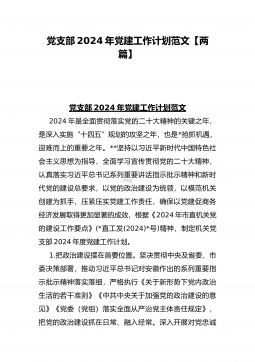
 2023-12-17 123
2023-12-17 123 -
2024年党支部党建工作计划与2024年党建工作要点工作计划范文(两篇)
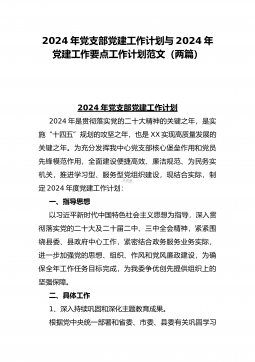
 2023-12-17 176
2023-12-17 176 -
2024年师德师风专题党课讲稿:坚定教育初心,争做优秀教师
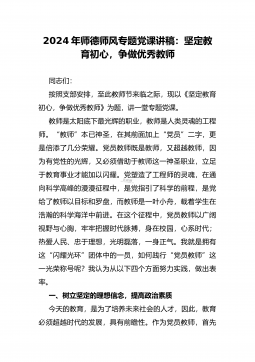
 2023-12-17 89
2023-12-17 89 -
2024年专题党课讲稿:深刻理解新时代党内集中学习教育的重大意义
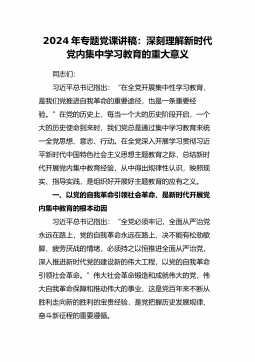
 2023-12-17 97
2023-12-17 97 -
2024年党课讲稿:铸牢中华民族共同体意识奋力推进高质量发展
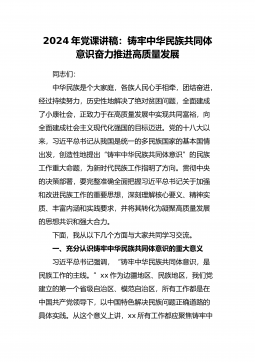
 2023-12-17 199
2023-12-17 199 -
基层党支部制定2024年党建工作计划范文与2023年局机关(党委党组)党建工作总结及2024年工作计划【两篇】
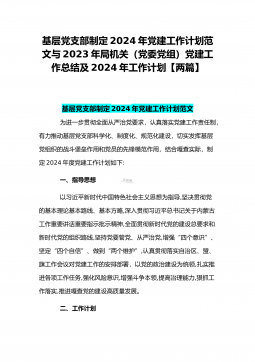
 2024-02-25 48
2024-02-25 48 -
2024年党建工作要点工作计划与党支部2024年党建工作计划文稿【两篇文】

 2024-02-25 45
2024-02-25 45 -
2024年党建工作要点工作计划与2023年党建工作总结及2024年工作计划【两篇】
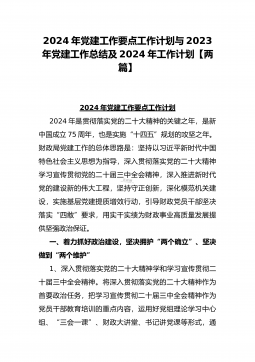
 2024-02-25 45
2024-02-25 45 -
2024年党建工作要点工作计划文稿与2024年学校党建工作计划【两篇】
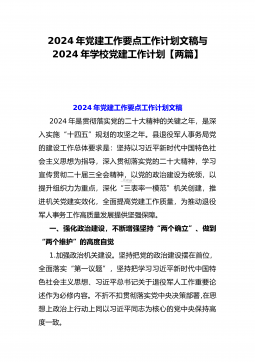
 2024-02-25 58
2024-02-25 58
作者:设计吧
分类:课程设计课件资料
价格:10光币
属性:18 页
大小:1.05MB
格式:DOCX
时间:2023-02-13




